The Art of High Key and Low Key Lighting in Cinematography
In cinematography, lightning is a language that can soften the moment, sharpen tension, or show silence. Since it is the essence of visual storytelling, know that it has 2 contrasting techniques: "High Key" and "Low Key." Since these two are contrasting styles, beginners easily get confused while using them. So, in this article, we will explore techniques and practical tips to achieve high-key and low-key lighting in movies.
Part 1. What is High Key Low Key Lighting in Film?
High key or Lowkey lightning; each one has its own physiological and narrative function, which are discussed below:
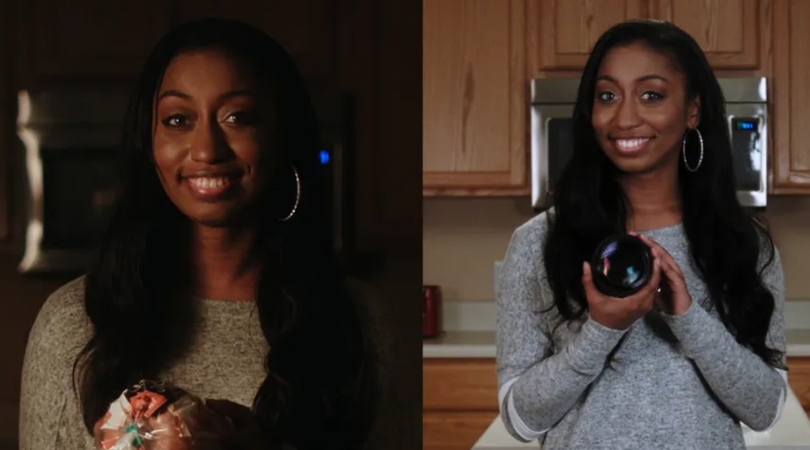
What Is High Key Lighting?
High-key lighting is considered bright, even, and low-contrast, as it minimizes shadows to create a clean visual style. This technique uses soft light and fill light during the shoot to reduce shadow depth. It is usually used in comedies, sitcoms, and commercial shoots, as it has uniform lighting across the scene. Ultimately, the high-key lighting style indicates positivity, clarity, and simplicity throughout the scene.
What is Low-Key Lighting?
On the other hand, low-key light is a style that flourishes on contrast and shadows. It uses minimal fill light and an intense key light to get deep shadows and a dramatic or mysterious vibe. This style is typically seen in thrillers, horror movies, and night scenes, as it works on directional lighting. Mainly, this art style is used in genres like mystery, suspense, and psychological complexity.
Part 2. High Key vs. Low Key Lighting: A Comparative Breakdown
Now, if you want a deeper understanding of high-key lighting and low-key lightning, then here is a detailed breakdown for you:
| Aspect | High-key Lightning | Low-key Lightning |
|---|---|---|
| Post Production Need | Often needs less correction | It may need colour-grading or noise control |
| Subject Appearance | Minimize skin imperfections | Highlight texture and details |
| Mood | Light and Cheerful | Dark and Dramatic |
| Color Treatment | Soft, Pastels, and Natural hues | Bold and Heavy Shadow Play |
| Storytelling Tone | Light-hearted and uplifting narratives | Tense, secretive, and emotionally complex narratives |
| Time Dependency | Varies with the time of day | Consistent and controlled |
Part 3. Techniques to Achieve High-Key and Low-Key Lighting in Movies
As you have explored concepts of high-key lighting and low-key lightning, let's dive into practical techniques one should follow:

Equipment Use
- High-key Lighting: Use equipment having soft light sources, such as Aperture and Light Dome, to equally brighten up the subject and minimize shadows.
- Low-key Lighting: Utilize Fresnel lights and small source lights to make sharp, directional lights and deep shadows.
Adjustments
- High-key Lighting: Always ensure that the fill light is as bright as the key light to reduce contrast and remove shadows within the scene.
- Low-key Lighting: Set the fill light low or remove it to make the bright areas stand out sharply against shadows.
External Tools
- High-key Lighting: Use white or silver reflectors as they bounce back the light on the character’s face and eliminate shadows.
- Low-key Lighting: Put the lights to the character’s side or behind it to highlight contrast, texture, and depth.
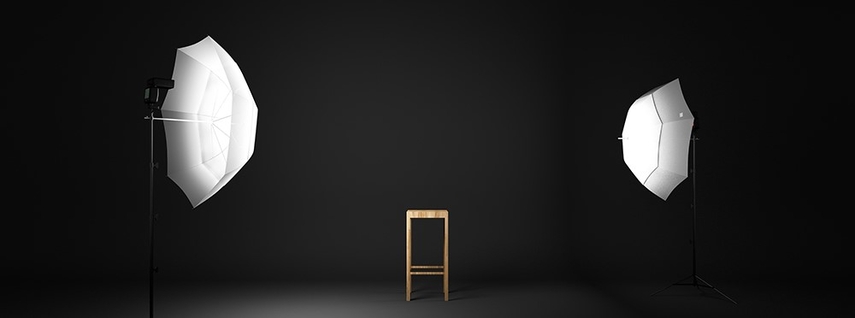
Sets and Costumes
- High-key Lighting: Opt for a bright or pastel-colored background so that it reflects more light toward the subject.
- Low-key Lighting: Utilize dark-colored costumes and props as they dont reflect lights, making shadows dominate the frame.
Post-Production
- High-key lighting: In color grading, slightly increase the exposure to enhance the clean, high-key vibe.
- Low-key lighting: Use color grading to get a profound effect in contrast while maintaining the low-key mood aesthetics.
Part 4. Practical Tips for Filmmakers in High Key & Low Key Lighting
While shooting high-key and low-light lightning, you should use the following practical tips to accomplish worthy results:
Choosing the Right Lighting Style
Selecting between high-key and low-light is not only a technical decision; it's a creative one that affects how the story will be perceived. High-key is ideal for genres like comedies and commercials, whereas low-key lighting is perfect for suspense and horror. Moreover, lighting has a direct impact on your production cost; high-key typically needs more equipment, and low-key needs a minimalist setup.
Gear and Setup
Choosing the gear can break or affect the effectiveness of the lighting setup. Always use the soft box for high-key lighting and a barn door during low light, helping to shape the perspective. One can use the light meters to measure the contrast ratio in special complex setups. As modern cameras have evolved, use them as they have more dynamic range to capture even minor details in both low-key and high-key videography.
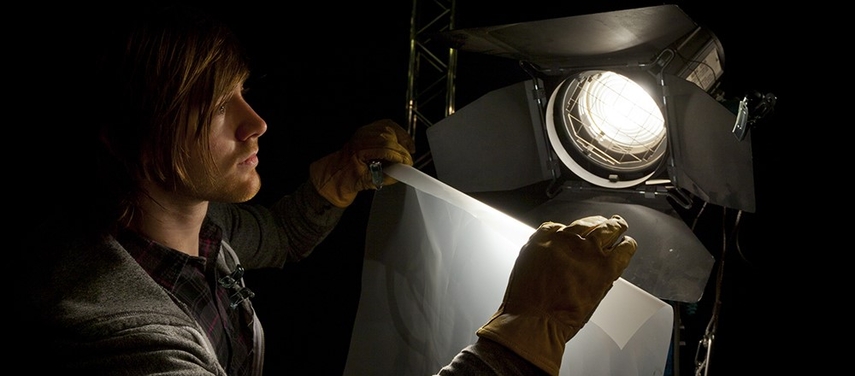
Part 5. Perfecting High Key and Low Key Lighting Films with VikPea
Suppose, being a freelance videographer, you shoot a promotional ad while experimenting with low-key, high-key lighting. You fulfilled that shot using the above-mentioned techniques and tips. However, after the shoot, when you examined the video, it came out a bit pixelated or out of focus for unclear reasons, and you can't reshoot it. In these cases, video-enhancing tools like HitPaw VikPea (formerly HitPaw Video Enhancer) come to the rescue to upscale your videos.
Key Features
1. Its Colorize Model allows you to colorize black and white videos taken in low-key lighting easily.
2. To make your pixelated video visually appealing, one can use the Color Enhancement Model and enhance the overall colors of highlight videos.
3. Through the Low-light Enhancement Model, users can brighten up the low-light videos to make them more transparent and professional.
4. Users can apply the Video Quality Repair Model to remove any kind of artifacts and improve the overall quality of the video.
5. The General Denoise Model is suitable for removing noise in general videos to make them clearer or of higher quality.
Steps to Improve High Key or Low Key Lighting Clips Using VikPea
After shooting in high-key lighting, if you want to enhance your pixelated videos, the following comprehensive guide is for you:
Step 1. Select Video Enhancer to import the Desired VideoAs you access VikPea, tap the "Video Enhancer" tool available and click the "Import" button to get the desired video imported from the Device.
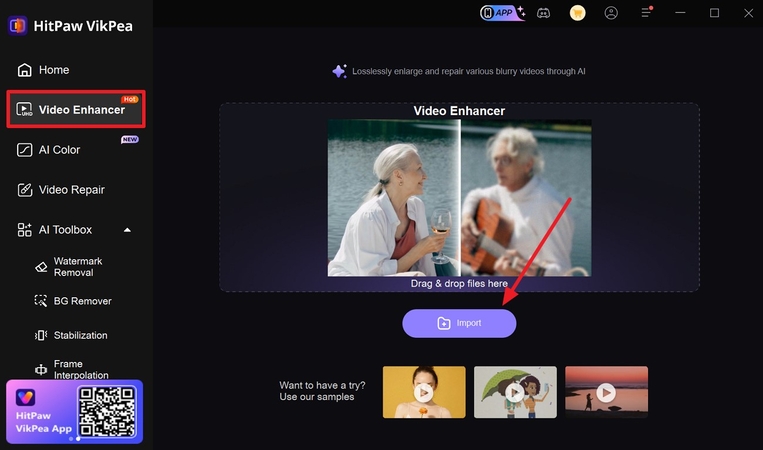
Step 2. Enable the Required AI tools and Hit Preview
Now, toggle the “Low-light Enhancement Model” along with other desired AI models and tap the “Preview” button to get the process started.
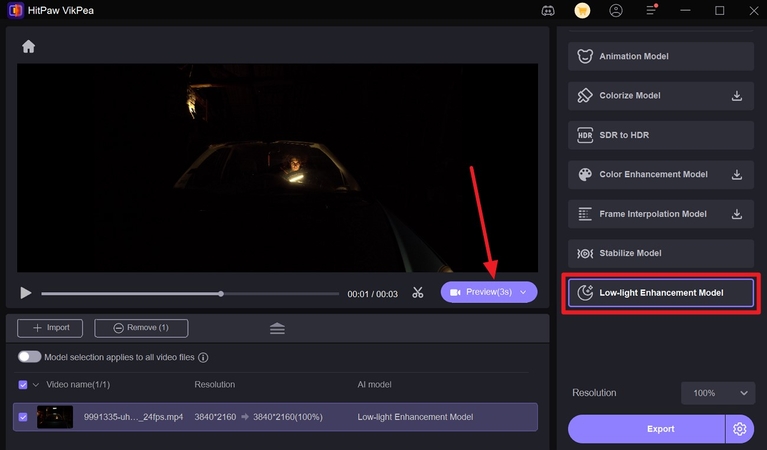
Step 3. Transfer the Upscaled Pixelated Low-Light video to the Device
After previewing the upscaled outcome, hit the "Export" button to get the video saved in the desired folder on your Device.
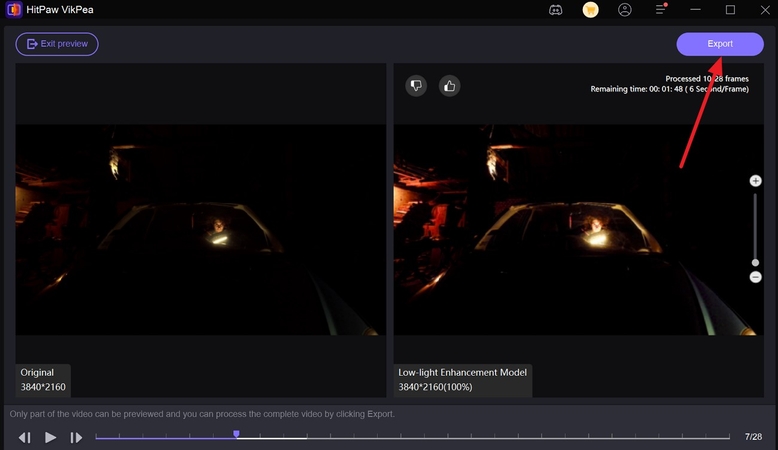
Part 6. FAQs on High Key and Low Key Lighting
Q1. What is the difference between high-key and low-key color?
A1. High-key color typically utilizes bright, pastel tones to create a happy mood, generally used in comedies and ads. Whereas low-key light works on black or dark tones to set a moody tone, which is often used in thrillers.
Q2. What is the difference between high-key and low-key images?
A2. High-key images are bright, properly lit images with low contrasts and give a light and airy vibe. On the other hand, a low-key image is a dark-themed image with heavy contrast and provides a dramatic atmosphere.
Q3. How to use high-key and low-key?
A3. One can utilize bright, soft light with low shadows to create clean and cheerful high-key lighting. However, for low-key lightning, users should use strong and directional lights to get that moody and mysterious effect.
Q4. Can I mix both high-key and low-key lighting in the same film?
A4. Yes, it is possible to merge both techniques, as it helps to separate visually different moods of the story. Besides this, it also generates tension between scenes by shifting lighting styles.
Conclusion
Concluding this, low-light and highlight are two fundamental techniques of lighting used for powerful storytelling. However, beginners get easily confused between these 2 contrasting styles. To tackle this issue, we have provided you with techniques and practical tips for using high-key and low-key lighting. In case, after using these tips, your desired video gets pixelated, we have also introduced you to an upscaling tool like HitPaw VikPea for video enhancement.









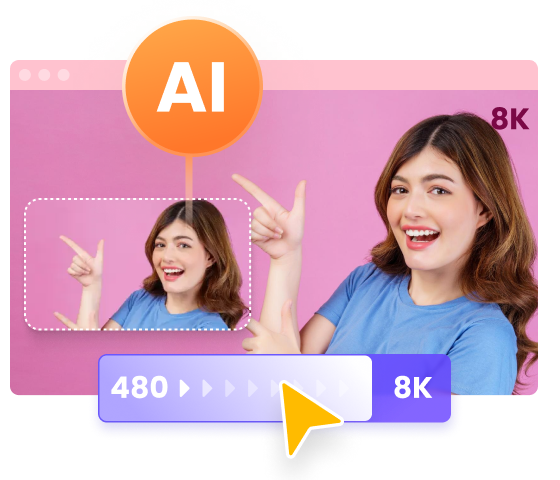
 HitPaw Edimakor
HitPaw Edimakor HitPaw VikPea (Video Enhancer)
HitPaw VikPea (Video Enhancer) HitPaw Univd (Video Converter)
HitPaw Univd (Video Converter) 



Share this article:
Select the product rating:
Daniel Walker
Editor-in-Chief
This post was written by Editor Daniel Walker whose passion lies in bridging the gap between cutting-edge technology and everyday creativity. The content he created inspires the audience to embrace digital tools confidently.
View all ArticlesLeave a Comment
Create your review for HitPaw articles